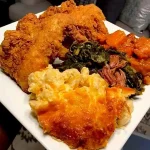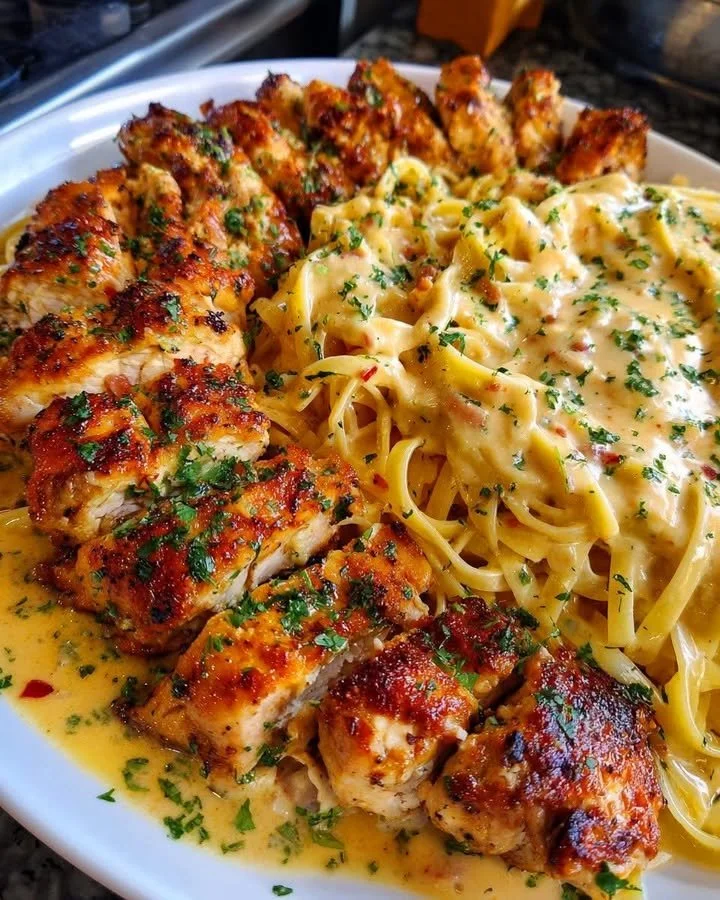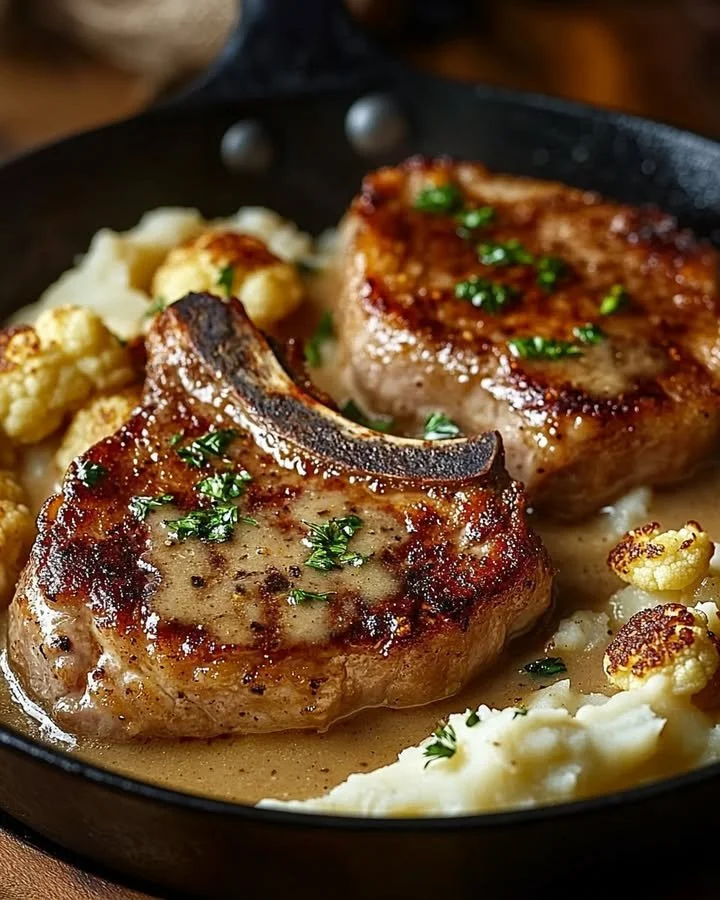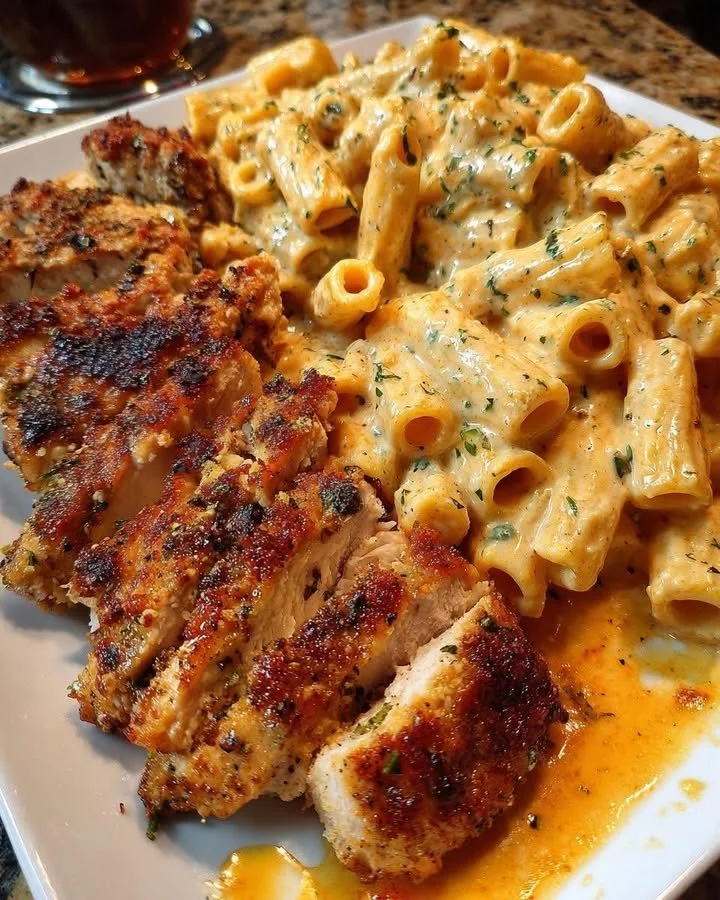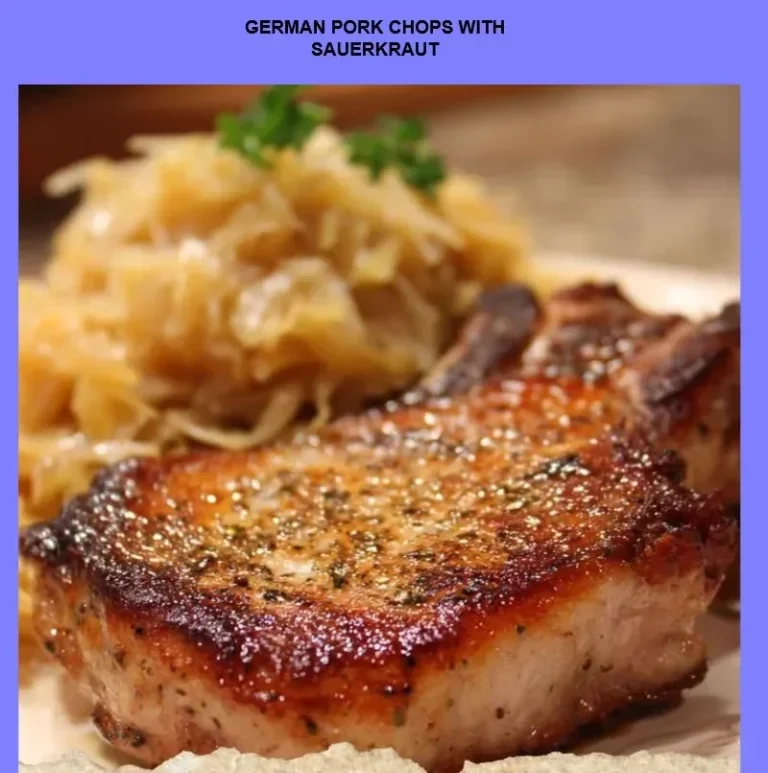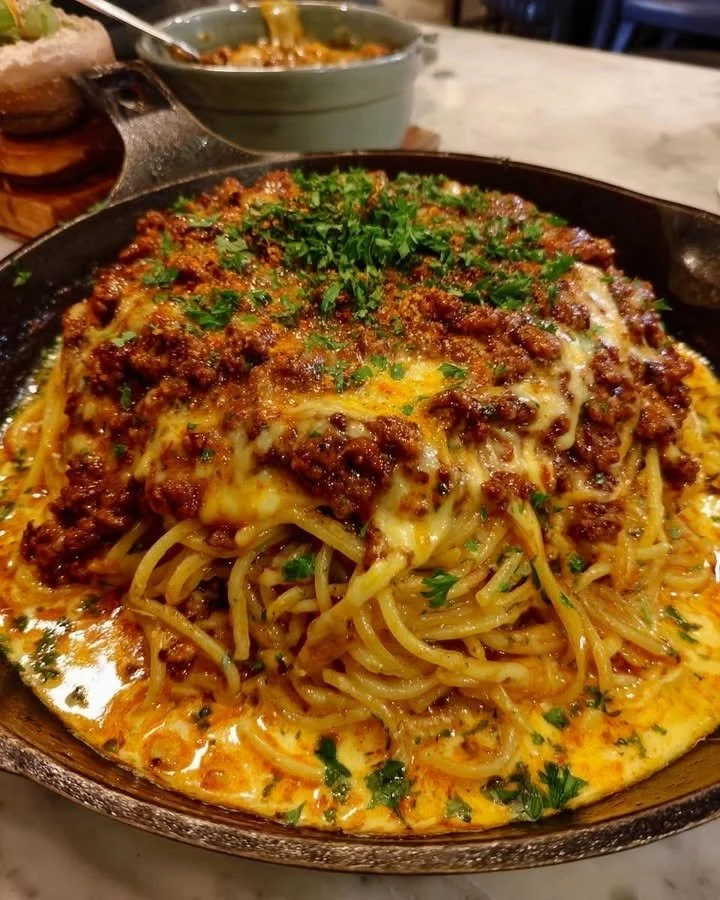German Pork Knuckle
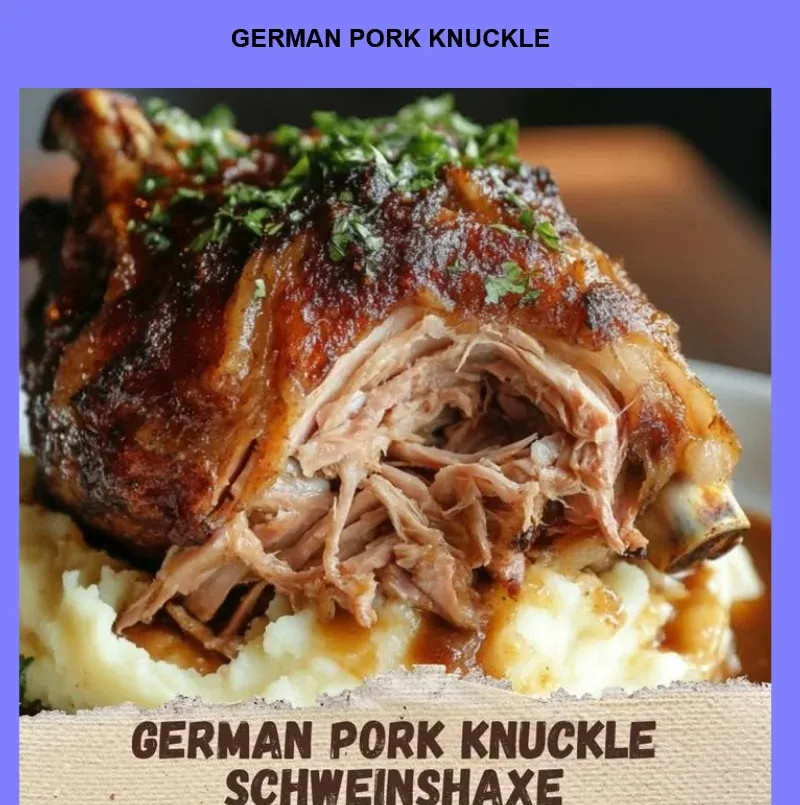

Easy, Traditional & Homemade German Pork Knuckle (Schweinshaxe) — Crispy, Comforting, and Surprisingly Healthy
The smell of sizzling pork skin and warm beer-braised spices takes me back to a brisk autumn afternoon at my grandmother’s kitchen window — the radio playing a slow waltz while the whole house filled with the promise of dinner. This German Pork Knuckle recipe is that kind of comfort: hearty, nostalgic, and perfect for gathering people around the table. Whether you’re planning a Sunday family meal, a relaxed holiday feast, or a special weeknight when you want something soulful, this easy, traditional German Pork Knuckle will give you crispy crackling and tender meat every time.
🧂 Ingredients:
- 1 large pork knuckle (Schweinshaxe), about 3–5 lbs (1.5–2.5 kg) — bone-in
- 2 tbsp coarse sea salt (plus extra for rubbing the skin)
- 1 tbsp black pepper, freshly ground
- 2 tbsp vegetable oil or lard
- 1 large onion, quartered
- 3–4 cloves garlic, smashed
- 2 medium carrots, roughly chopped
- 2 celery stalks, roughly chopped
- 2 cups (480 ml) dark lager or ale (or use 2 cups chicken or beef broth for alcohol-free)
- 1 cup (240 ml) chicken or beef broth
- 2 bay leaves
- 1 tbsp caraway seeds (optional, classic German touch)
- 1 tsp smoked paprika (or sweet paprika)
- 2 tbsp apple cider (or 1 tbsp brown sugar for a touch of caramelization)
- 1–2 tbsp soy sauce or tamari (for color and umami; use gluten-free tamari if needed)
- Fresh parsley, chopped, for garnish (optional)
Makes about 4–6 servings. Prep time: 20–30 minutes. Braise + roast: 2.5–3.5 hours total.
👩🍳 Directions:
- Preheat oven to 325°F (160°C). Score the pork skin in a diamond pattern with a sharp knife, cutting through the rind but not into the meat. Pat skin very dry with paper towels.
- Massage the skin with coarse sea salt and a little oil; season the meaty side with salt and pepper. Let rest 15–30 minutes to draw out moisture (or refrigerate uncovered for a few hours for extra-crispy skin).
- Heat a large ovenproof skillet or Dutch oven over medium-high heat. Add oil or lard and sear the pork knuckle on all sides until browned (6–8 minutes). Transfer the knuckle to a plate.
- In the same pot, add onion, garlic, carrots, and celery. Sauté 3–4 minutes until fragrant and lightly caramelized. Stir in caraway seeds and smoked paprika for 1 minute.
- Pour in the beer (or broth) and scrape up browned bits from the bottom. Add broth, apple cider (or brown sugar), soy sauce, and bay leaves. Bring to a simmer.
- Return the pork knuckle to the pot, meat-side down. The liquid should come up to about halfway up the knuckle — add more broth if needed. Cover tightly with a lid or foil.
- Transfer to the oven and braise at 325°F (160°C) for 2 to 2.5 hours, or until meat is tender and the connective tissue starts to break down (internal temp will be higher than chops — target 190–200°F / 88–93°C for fork-tender).
- Increase oven temperature to 425°F (220°C). Remove lid or foil and baste the knuckle with braising liquid. Roast uncovered 25–45 minutes until the skin puckers and becomes deeply golden and crispy. Watch closely to avoid burning.
- Remove from oven and let rest 10–15 minutes before carving. Spoon some reduced braising jus over the meat. Garnish with fresh parsley and serve with sauerkraut, mashed potatoes, dumplings, or roasted vegetables.
Total cook time: ~3–3.5 hours (mostly unattended braising).
💡 Tips & Variations:
- For extra-crisp skin: dry the skin uncovered in the fridge overnight (the drier the skin, the better the crackling).
- Scoring: don’t score too deep — only the fat/rind — or juices will run out.
- Gluten-free: use gluten-free beer or replace beer with extra broth. Use tamari instead of soy sauce.
- Low-carb: skip potatoes and serve with braised red cabbage, roasted Brussels sprouts, or a warm cabbage salad.
- Healthier swap: choose a smaller knuckle or trim some external fat before cooking; pair with lots of greens and fermented sides (sauerkraut).
- Vegan/vegetarian alternative: make a “braised jackfruit knuckle” by roasting a seasoned cored cauliflower or large seitan roast, or braising jackfruit in the same spiced beer-broth, then finishing in the oven for a smoky, cozy plant-based option. (It won’t have pork crackling but carries similar flavors.)
- Leftovers: refrigerate in an airtight container for 3–4 days. Reheat in a 350°F (175°C) oven to keep meat moist and crisp the skin (cover loosely for the first 10 minutes, then uncover). Freeze cooked knuckle (meat removed from bone if easier) up to 3 months.
- Make-ahead: braise a day ahead, refrigerate, then reheat and roast to crisp the skin just before serving. Saves time on busy entertaining days.
🩺 Health & Lifestyle Tie-in:
Pork knuckle is rich in protein and collagen — great for muscle repair and joint/connective tissue support — but it’s also higher in fat, so enjoy this dish in balance. Choosing leaner sides (lots of vegetables and fermented foods like sauerkraut) makes the meal more nutrient-dense and digestion-friendly. Little choices add up: eating more balanced, home-cooked meals can help long-term health and may even reduce healthcare costs down the road.
SEO Notes & Serving Ideas:
- Keywords to try in searches: easy German Pork Knuckle, traditional German Pork Knuckle, homemade Pork Knuckle recipe, healthy German pork knuckle.
- Serve with: sauerkraut, potato dumplings (Knödel), buttery mashed potatoes, roasted carrots, braised red cabbage, or a crisp green salad. A cold lager or an amber ale pairs beautifully; for non-alcoholic, a malty root beer or sparkling apple cider works well.
Conclusion
If you make this German Pork Knuckle, let me know how it turns out — leave a comment, snap a photo, or tag me on social. There’s nothing better than sharing a cozy, crackly dinner with friends and family. Guten Appetit!
#fblifestyle

